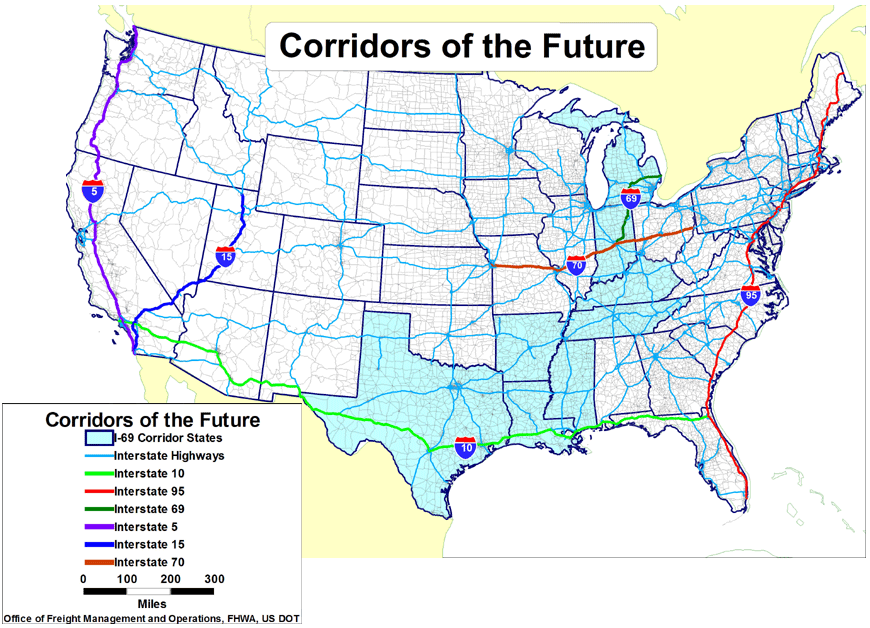Link to article here. Talk about spin…Williamson arrogantly claims Hutchison’s ban on tolling existing interstates will actually hasten TxDOT’s scheme to add “managed” toll lanes to existing interstates. Why? Because that makes him look better when he just got kicked in the teeth…the amendment does prevent TxDOT from buying back interstates for the purpose of tolling them. TxDOT lobbied Congress to make that legal in a TRIPLE TAX revenue generating scheme more akin to a thief than the Chair of a State agency who’s supposed to be serving the public. This from the man who said it’s not his job to make transportation affordable! In yet another brazen comment, he thinks fiscal accountability, like not paying for the same thing two and three times over, is “outdated.” Anyone still think Governor Perry and his highway Chair are still tax averse conservatives?
Hutchison adds toll ban to Senate bill
1-year freeze on old Texas interstates may speed fee on new lanes
By MICHAEL A. LINDENBERGER / The Dallas Morning News
Dallas Morning News
Thursday, September 13, 2007
The U.S. Senate on Wednesday passed an amendment that imposes a one-year ban on adding tolls to existing lanes of interstate highways in Texas.
But state and local highway officials say the amendment, sponsored by Sen. Kay Bailey Hutchison, R-Texas, could make it easier to impose tolls on new lanes added to highways in Texas.
The amendment would affect only Texas and would expire in one year unless Congress reauthorizes it.
By exempting tolls on new interstate lanes, the moratorium could lead to new federal rules making it easier to impose tolls on new lanes – even those added to existing highways.
“We see what Senator Hutchison has done as a great step forward,” said Ric Williamson, chairman of the Texas Transportation Commission.
Ms. Hutchison added the amendment to the Senate version of the housing, urban development and transportation 2008 appropriations bill – which is expected to pass later this week.
She said she opposes putting tolls on existing lanes of interstate highways because taxpayers already pay to build and maintain them.
“Today we protected Texas taxpayers from paying twice for a highway,” Ms. Hutchison said in a statement. “I will continue pushing for a permanent prohibition of tolling existing highways.”
Despite Mr. Williamson’s praise for the amendment, Ms. Hutchison has said she filed it to defeat his department’s long-standing efforts to persuade Congress to give states more latitude in imposing tolls, including tolls on existing interstate lanes.
Mr. Williamson said Wednesday that as the cost to maintain the interstate network continues to rise, the notion that the nation’s highways have already been paid for has become outdated.
Still, he said he welcomes the Hutchison amendment because it helps clarify which tools his department can use to pay for badly needed new roads – and which have been taken off the table.
“I am not the elected senator from Texas, and I am not the elected governor of Texas,” said Mr. Williamson, who was appointed by Gov. Rick Perry.
“My guy, who appointed me, has asked me to present a series of solutions for dealing with the $86 billion gap” between available funds and Texas’ road needs. “So that’s what I am doing, presenting options,” he said.
It’s up to Congress, and Texas elected officials, to decide which solutions to adopt, he said.
Michael Morris, transportation director for the North Central Texas Council of Governments, said the ban on adding tolls to existing lanes won’t have much effect in North Texas. He said current policy has for a decade been to reject such tolls locally.



